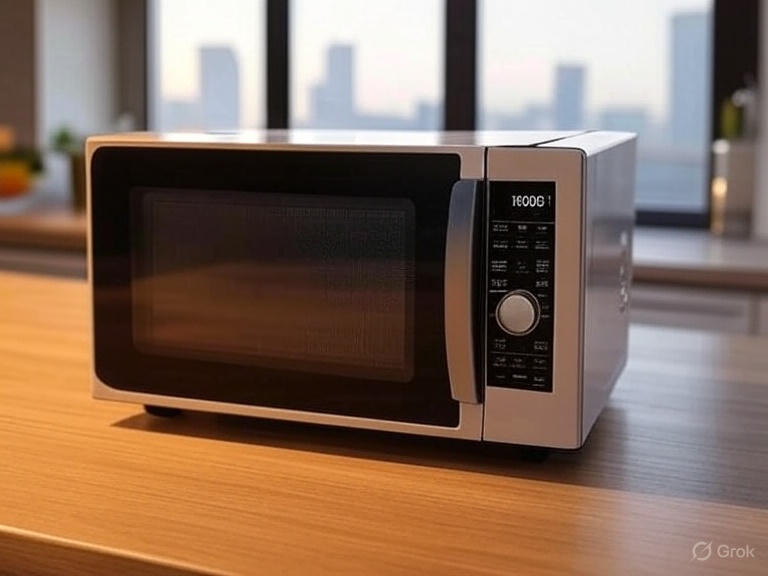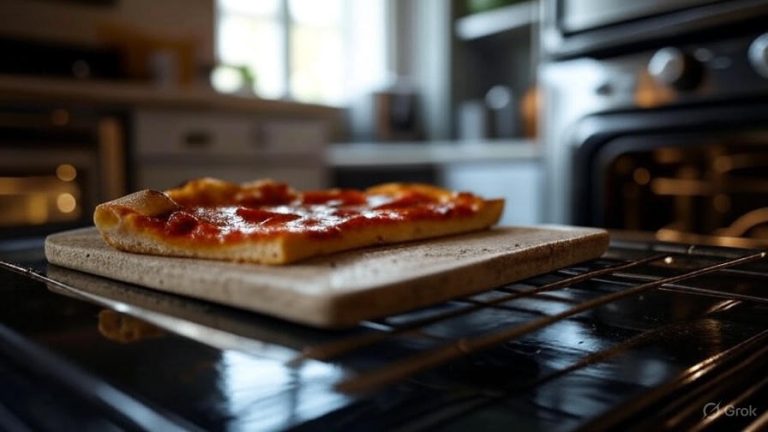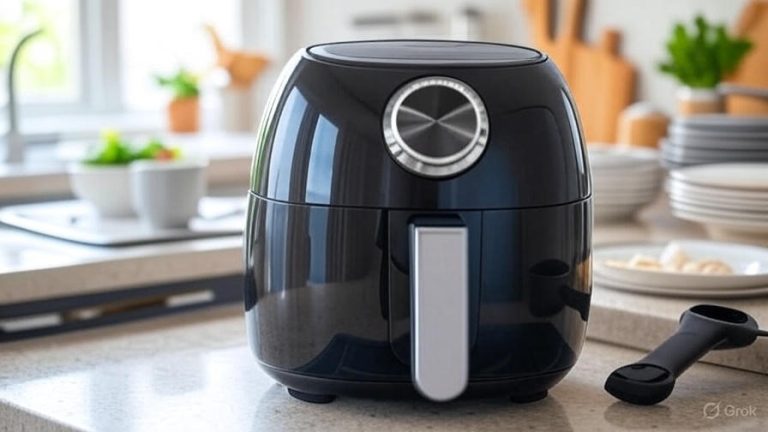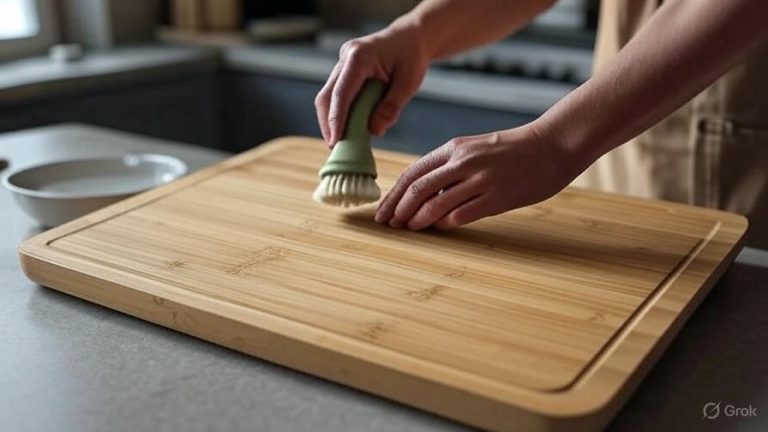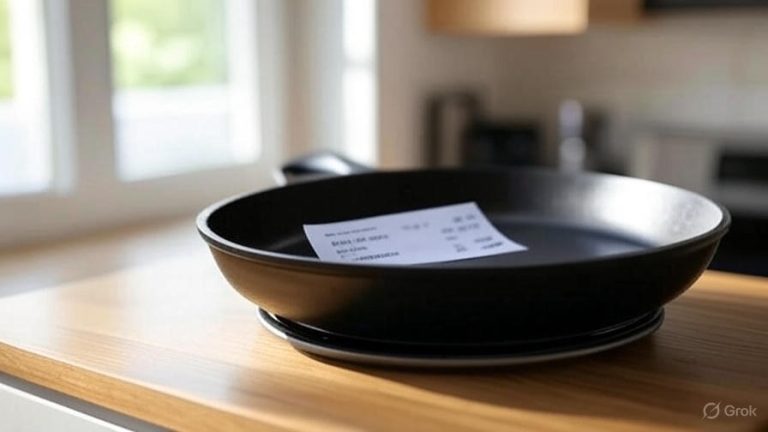How Big is 1.1 Cubic Feet Microwave?
Picture this: you walk into an appliance store, ready to buy a new microwave, and the salesperson mentions “1.1 cubic feet.” Your mind goes blank. What does that actually mean? How much space does it take up? Will it fit on your counter or in your cabinet?
You’re not alone in this confusion. Microwave dimensions can be tricky to visualize, especially when manufacturers only provide cubic footage measurements. This comprehensive guide breaks down everything you need to know about 1.1 cubic feet microwaves, helping you make an informed decision for your kitchen.
What Does 1.1 Cubic Feet Actually Mean?
Cubic feet measures the internal cooking space inside your microwave. Think of it as the volume available for your food containers and dishes. A 1.1 cubic feet microwave offers 1,900 cubic inches of interior space.
To put this in perspective, imagine a box that measures roughly 12 inches wide, 12 inches deep, and 8 inches tall. That’s approximately the cooking chamber size you’ll find in most 1.1 cubic feet models.
This measurement doesn’t include the microwave’s external dimensions, control panel, or door thickness. The actual appliance takes up significantly more space on your counter or in your cabinet.
Real-World Size Comparison: What Fits Inside
A 1.1 cubic feet microwave accommodates most everyday cooking tasks. Here’s what typically fits comfortably:
Standard Items:
- Regular dinner plates (up to 11 inches)
- Medium-sized casserole dishes
- Large coffee mugs and soup bowls
- Standard microwave-safe containers
- Personal-sized frozen meals
- Popcorn bags (all sizes)
Food Portions:
- Meals for 1-2 people
- Single servings of leftovers
- Medium-sized vegetables for steaming
- Small whole chickens or cornish hens
- 6-cup rice portions
The turntable diameter usually measures between 10-11 inches, which determines the maximum dish size you can use.
External Dimensions: Counter Space Reality
While the interior measures 1.1 cubic feet, the external footprint varies by manufacturer and design. Most 1.1 cubic feet microwaves have these approximate outer dimensions:
Typical External Measurements:
- Width: 19-21 inches
- Depth: 15-17 inches
- Height: 11-13 inches
These measurements include the door, handle, and control panel. Some models feature compact designs that minimize external bulk while maximizing internal space.
Counter Space Requirements: Plan for at least 24 inches of counter width and 18 inches of depth. This extra space ensures proper ventilation and easy door operation. Most kitchen designers recommend leaving 3-6 inches of clearance on all sides.
Compact vs. Full-Size: Where 1.1 Cubic Feet Stands
Microwave sizes generally fall into three categories:
Compact Microwaves (0.7-0.9 cubic feet): Best for dorm rooms, offices, or minimal cooking needs. They handle basic reheating but struggle with larger dishes.
Mid-Size Microwaves (1.0-1.4 cubic feet): This is where 1.1 cubic feet falls. Perfect for small families, apartments, or as secondary units. They balance functionality with space efficiency.
Full-Size Microwaves (1.5+ cubic feet): Ideal for large families or serious cooking. They accommodate bigger dishes but require substantial counter space.
A 1.1 cubic feet model sits comfortably in the mid-size range, offering good versatility without overwhelming smaller kitchens.
Power Output and Performance Considerations
Size isn’t everything when it comes to microwave performance. Most 1.1 cubic feet microwaves operate between 800-1000 watts, which affects cooking speed and efficiency.
Wattage Breakdown:
- 700-800 watts: Slower cooking, gentler heating
- 800-900 watts: Good balance of speed and control
- 900-1000 watts: Fast cooking, may require timing adjustments
Higher wattage doesn’t always mean better results. Mid-range power often provides more even heating, especially important in smaller cooking chambers where hot spots can develop quickly.
Installation Options and Placement Ideas
A 1.1 cubic feet microwave offers flexible installation possibilities:
Countertop Placement: The most common option. Requires adequate counter space and proper ventilation. Easy to move or replace when needed.
Over-the-Range Installation: Some 1.1 cubic feet models work as space-saving solutions above your stove. Check weight limits and ventilation requirements carefully.
Built-in Cabinet Installation: Custom installations require precise measurements. Ensure adequate clearance for heat dissipation and door swing.
Microwave Cart or Stand: Freestanding furniture pieces designed specifically for microwaves. Great for renters or temporary solutions.
Kitchen Layout Compatibility
Different kitchen layouts work better with specific microwave sizes and placements:
Galley Kitchens: Narrow spaces benefit from 1.1 cubic feet models. They provide necessary functionality without overwhelming limited counter space.
L-Shaped Kitchens: Corner placement works well for 1.1 cubic feet units. Consider the workflow between microwave and other appliances.
Open Concept Kitchens: Visual impact matters more in open designs. Sleek 1.1 cubic feet models blend better with modern aesthetics.
Apartment Kitchens: Space constraints make 1.1 cubic feet an ideal compromise between functionality and footprint.
Family Size and Usage Patterns
Your household size significantly impacts whether 1.1 cubic feet meets your needs:
Single Person or Couple: Perfect size for basic reheating, defrosting, and simple cooking tasks. Handles daily needs without wasting space or energy.
Small Family (3-4 people): Works well for side dishes, leftovers, and quick meals. May require multiple batches for larger portions.
Large Family (5+ people): Likely too small for primary microwave duties. Better suited as a secondary unit or for specific tasks.
Cooking Style Impact: Heavy microwave users need larger capacity. Light users find 1.1 cubic feet perfectly adequate.
Popular Brands and Model Variations
Several manufacturers offer quality 1.1 cubic feet microwaves with different features:
Design Variations:
- Stainless steel finishes for modern kitchens
- Black or white options for traditional decor
- Retro-styled models for vintage appeal
- Commercial-grade units for durability
Feature Differences:
- Sensor cooking technology
- Pre-programmed settings
- Child safety locks
- Energy efficiency ratings
Research specific models within the 1.1 cubic feet category to find features that match your priorities.
Cost Considerations and Value Proposition
1.1 cubic feet microwaves typically cost less than larger models while offering solid functionality. Price ranges vary based on features, brand reputation, and build quality.
Budget Factors:
- Basic models start around $80-120
- Mid-range options cost $120-200
- Premium features push prices to $200-300+
Long-term Value: Consider energy efficiency, warranty coverage, and expected lifespan. Quality 1.1 cubic feet microwaves often last 8-12 years with proper care.
Energy Efficiency and Operating Costs
Smaller microwaves generally use less energy than larger ones, both during operation and in standby mode. A 1.1 cubic feet microwave typically consumes:
Energy Usage:
- Operating: 800-1000 watts during cooking
- Standby: 3-8 watts when plugged in
- Annual cost: $15-25 for average usage patterns
Environmental Impact: Compact size means lower overall energy consumption compared to larger alternatives. Efficient cooking reduces kitchen heat load, potentially lowering air conditioning costs.
Common Misconceptions and Myths
Several myths surround microwave sizing that can lead to poor purchase decisions:
Myth 1: “Bigger is always better” Reality: Oversized microwaves waste energy and counter space for many users.
Myth 2: “Cubic feet equals external size” Reality: Internal and external dimensions vary significantly between models.
Myth 3: “Small microwaves can’t handle real cooking” Reality: 1.1 cubic feet handles most cooking tasks effectively.
Myth 4: “Wattage matters more than size” Reality: Both factors work together to determine performance.
Maintenance and Longevity Factors
Proper care extends your 1.1 cubic feet microwave’s lifespan:
Regular Cleaning: Smaller chambers are easier to clean but require more frequent attention due to concentrated use.
Ventilation Management: Ensure adequate airflow around compact units to prevent overheating.
Usage Patterns: Avoid overloading the cooking chamber, even though it’s tempting with limited space.
Making the Final Decision
A 1.1 cubic feet microwave works best for specific situations and users. Consider these final factors:
Space Constraints: If counter space is limited, this size offers maximum functionality per square inch.
Usage Frequency: Light to moderate users find 1.1 cubic feet perfectly adequate for daily needs.
Budget Considerations: Mid-size models often provide the best value proposition in the microwave market.
Future Needs: Consider whether your cooking habits or family size might change in the coming years.
Conclusion: Right-Sizing Your Kitchen Investment
A 1.1 cubic feet microwave measures approximately 12x12x8 inches internally, with external dimensions around 20x16x12 inches. This size strikes an excellent balance between functionality and space efficiency for many households.
The decision ultimately depends on your specific needs, kitchen layout, and usage patterns. For small families, couples, or anyone with limited counter space, 1.1 cubic feet delivers solid performance without overwhelming your kitchen.
Take time to measure your available space, consider your cooking habits, and evaluate the features that matter most to you. With this knowledge, you’ll confidently select a microwave that serves your needs for years to come.
Remember that cubic footage is just one factor in microwave selection. Wattage, features, build quality, and brand reputation all contribute to your overall satisfaction with the appliance. A well-chosen 1.1 cubic feet microwave can become an indispensable kitchen companion, proving that sometimes the perfect size is exactly what you need – no more, no less.

